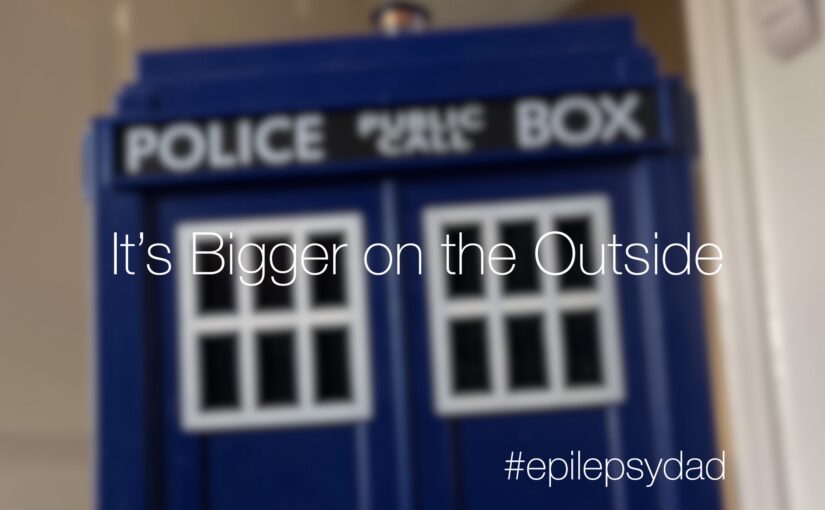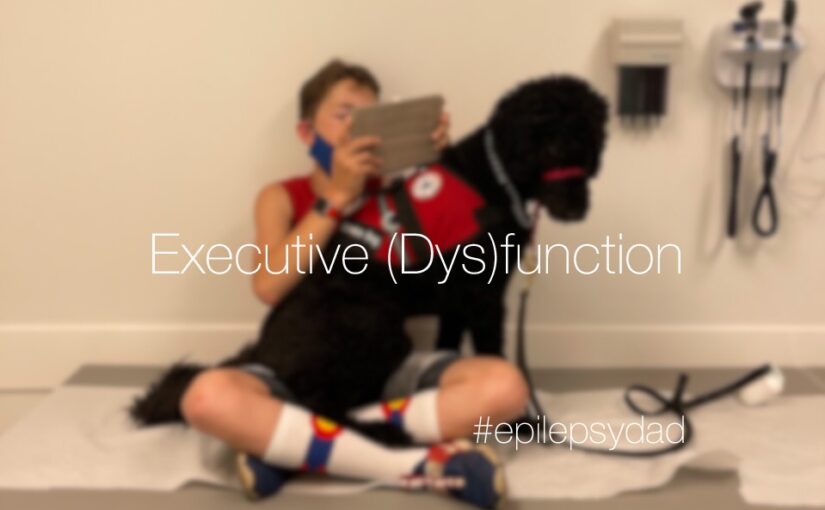For a while, I’ve been thinking that Apple’s Parental Controls were poorly implemented. We would set the controls, and then within a few days or weeks, we would see them change.
As an engineer, I set out to troubleshoot the problem. At first, I thought it was because our son has two devices. Perhaps the changes weren’t propagating to one of them, and that device was corrupting the settings. But even after I ensured both devices matched, the setting would change again after a few days.
One day, my wife casually mentioned giving my son her phone because he needed to “check something.” That’s when we figured out he had convinced my wife to let him use her phone and was changing the settings.
Sneaky.
Once we figured that out, we sat him down and told him what we learned. We covered issues with trust, money (Apple’s refund policy for something like this is less than generous), responsibility, and consequences. We took away his devices for almost a week, and when he got them back, we didn’t encounter any issues.
For a while.
The other day, my son said, “Dad, I like your drawings.” I’ve been drawing on my iPad, which I leave downstairs in the living room. He knows my passcode but not the parental control code. We chatted about respecting people’s privacy and boundaries and not using my iPad without asking, and I left it at that.
A few days later, I discovered that the parental control settings had changed again. As I went in to fix all the settings, I realized that once you unlock the iPad, it didn’t require the parental code to turn off the parental controls. You can turn off the parental controls with the device’s passcode, which my son knew.
When my son saw my drawings on my iPad, he was on it to disable the parental control code. His mention of my drawings turned out to be his undoing,
Sneaky.
Controlling his impulses and urges is hard enough for him as a teenager. My son’s intellectual and emotional challenges mean that the process will take more time. We’ve been at this long enough to understand that it’s not a flip that we will switch; it’s a gradual undimming until the light is at its full brightness.
As we talked to him about these choices and the consequences, I felt conflicted. His ability to troubleshoot the problem he was facing and come up with multiple solutions is actually impressive. I know engineers with less tenacity and creativity. Using that ability to be sneaky and violate our rules, however, is the wrong expression of those skills.
Our job as parents is to help him use his power for good.

